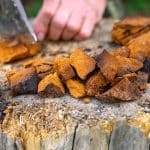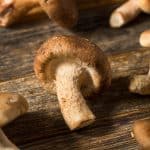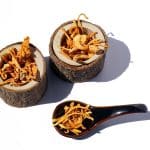It is essential to understand a mushrooms growth cycle. You will need this knowledge in order to gain the necessary understanding in order to cultivate your mushrooms. When most people think about mushrooms, they are only aware of the stems and caps that pop up. Not many people realize all of what goes into creating mushrooms. That’s why we wanted to go over what are the stages of mushroom growth.
This includes the intricate web of mycelium, which is usually far larger than what you can see on the surface of a mushroom. Mycelium is a cell network similar to the root system of plants. Except that mycelium is actually more similar to the plant, while mushrooms are simply its fruits.
Mycelium has only one purpose, and that is to preserve the species it is in. It does so by growing mushrooms, producing spores, and reproducing.
Mushroom Stages of Growth and Lifecycle In The Wild
In nature, the mushroom lifecycle ends one way, but begins the other, all at once.
1. Spore release:
It starts all when the ripe mushroom drops its spores.
2. Inncoulation and Germination:
Spores are essentially the mushrooms equivalent to seeds to plants. Spores drop into the soil and are mixed in with other compatible spores. This starts a mycelium growth in progress.
Learn more: Ways to prevent mushrooms from growing in your backyard
3. Mycelial Growth:
Mycelium may either be one single organism, or multiple different organisms working together in colonies.
4. Primordia Formation:
After mycelium has had time to grow, it will begin producing phallus. These are little thorns which eventually will grow into mushrooms. But before they do, they pass through another stage called primordia, which are more like miniature, infant mushrooms.
5. Fruiting Body Growth:
Eventually, primordia grows to a full-sized mushroom, which then ripens, drops its spores, and then the whole cycle starts all over again.
Learn more: What to do with spent mushroom substrate
Updated 10/3/2022















